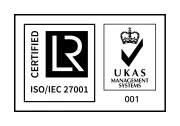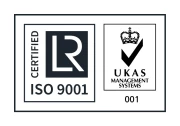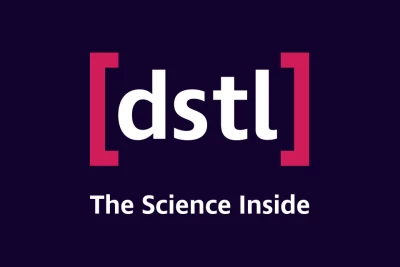Sharing Data Securely Has Never Been So Simple
Experts in Secure Information Exchange
Nexor is certified by







Nexor's vision, and understanding, and its willingness to adopt and exploit emerging approaches to assurance, including data centricity and security, were instrumental in moving the programme of work forward.

We are a UK-based high assurance security company with extensive experience in secure information exchange.
We deliver our robust security solutions to Defence, Secure Government and Law Enforcement.
We help our customers transfer sensitive information across domains without compromising on security.
Our experts and technology offer unbeatable protection against advanced threat actors.
Keep up to date on the latest events in cyber and information securities from the perspective of individual experts within the field.
Nexor have a range of case studies covering our extensive history in product and service delivery.






Fill in our form and we will get back to you shortly
We value your privacy and will treat your data with respect.